
Honda HR-V eHEV Hybrid Review 2024

Introduction
Honda’s compact HR-V crossover has long flown under the radar – in fact, you could even say it’s been almost forgettable over the years.
Honda has tried numerous design philosophies with it. Initially, it was a rather strange-looking SUV in the late-1990s. It blended practicality with affordability in a reasonably utilitarian-looking car, which the Japanese automaker hoped would appeal to beachgoers and the surfer scene.
This design was followed by a more rounded shape a few years later, incorporating a sloping roofline that took on the likes of the Nissan Juke. But, for many, it simply looked like an enlarged version of the Honda Civic at the time.
Neither design was particularly successful, so Honda returned to the drawing board again. It needed to because of the competition in this market segment. Anything perceived as second-rate just won't do.
Happily, the latest version of the HR-V has shown a lot more promise, and nearly a quarter of a century from the first one, this third-generation hybrid model has a more menacing and muscular, yet simpler and cleaner, design.
But is it any good? That is what we’re aiming to find out.
Select's rating score* - 3.3 / 5
At a Glance
As we said, the Honda HR-V has been given a comprehensive makeover, to the point that it bears little to no resemblance to its previous incarnation.
The front features a grille which is the same colour as the body of the car, giving the appearance that it's made of thin slits in the otherwise solid bodywork.
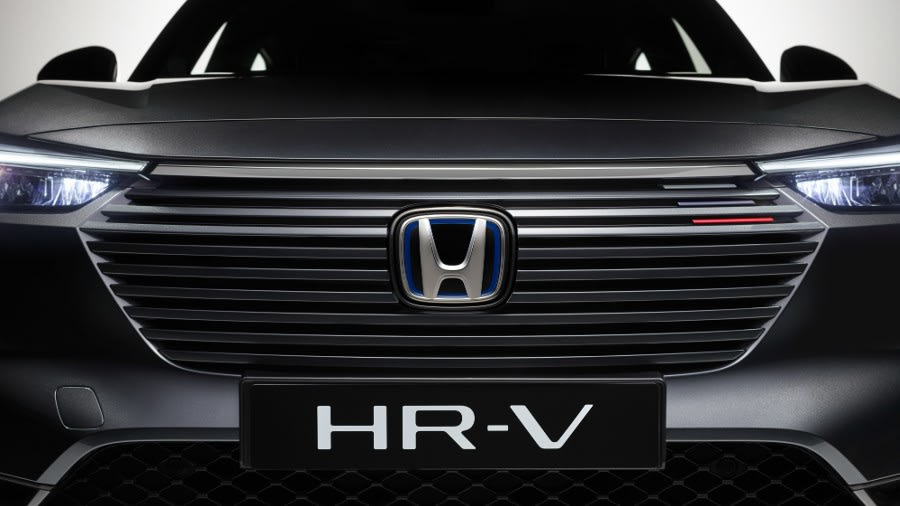
When viewed head-on, the HR-V’s headlights appear thinned out, and plenty of blank space gives off a minimalistic look. There is also a modest lower grille with two air-intake-like slots on either side.
The side of the Honda is understated, with a chunky side skirt beneath the doors, which have a crease running through the door handles. Meanwhile, some cladding around the wheel arches gives a rugged off-road effect.
The HR-V’s roofline slopes slightly towards the rear, while a small spoiler sits above the back window. Beneath that, an LED light bar runs along the entire width of the tailgate. The Honda HR-V certainly looks the part – and it’s a vast improvement on its predecessors.
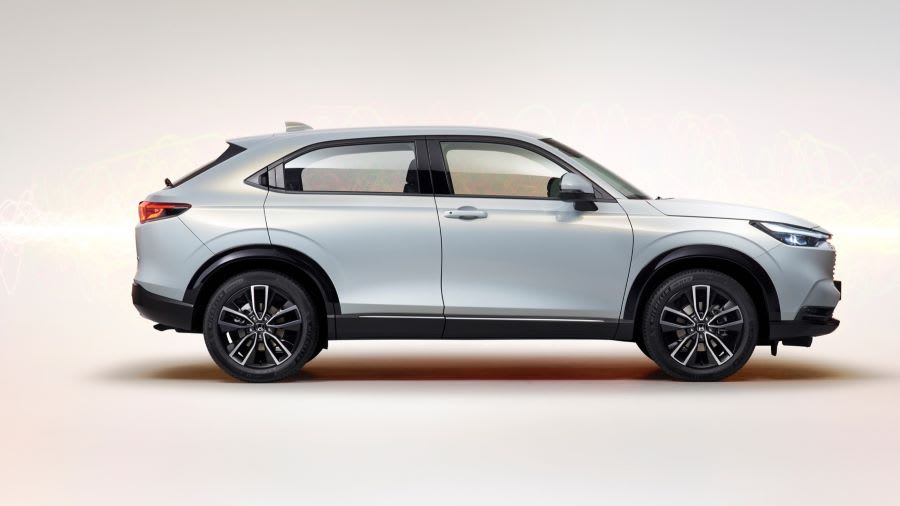
Key Features
Honda offers the HR-V in three trims, which come well-equipped as standard.
The entry-level Elegance gets 18-inch alloys, fabric upholstery, a nine-inch Honda Connect infotainment touchscreen with Apple CarPlay and Android Auto, heated front seats and door mirrors, keyless entry and start, plus an air diffusion system.
The mid-range Advance trim boasts a heated leather steering wheel, black synthetic leather and fabric upholstery and a powered tailgate.
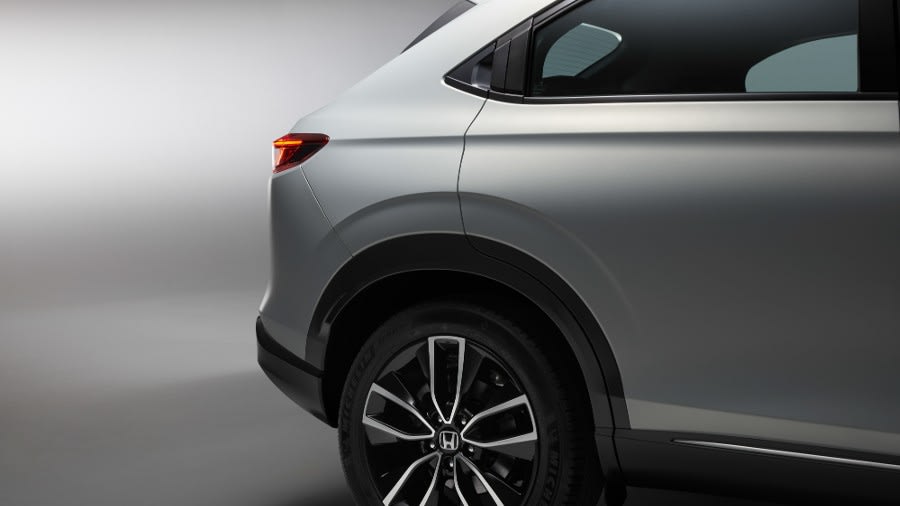
And the top-of-the-range Advance Style trim adds a two-tone roof, roof rails, LED cornering lights, a wireless charger, with light grey synthetic leather and fabric upholstery.
All HR-V models also come with plenty of safety technology, which we'll cover later.
Regarding the powertrains, Honda keeps things very simple as there’s only one. It is a 1.5-litre four-cylinder self-charging hybrid unit connected to two electric motors, producing 131PS. Oh, and in case you’re wondering, it’s front-wheel drive.
So, as you may have guessed from the above figures, the HR-V isn’t especially potent. Therefore, we’re intrigued to see how it gets on, especially given there’s no higher-powered variant offered.
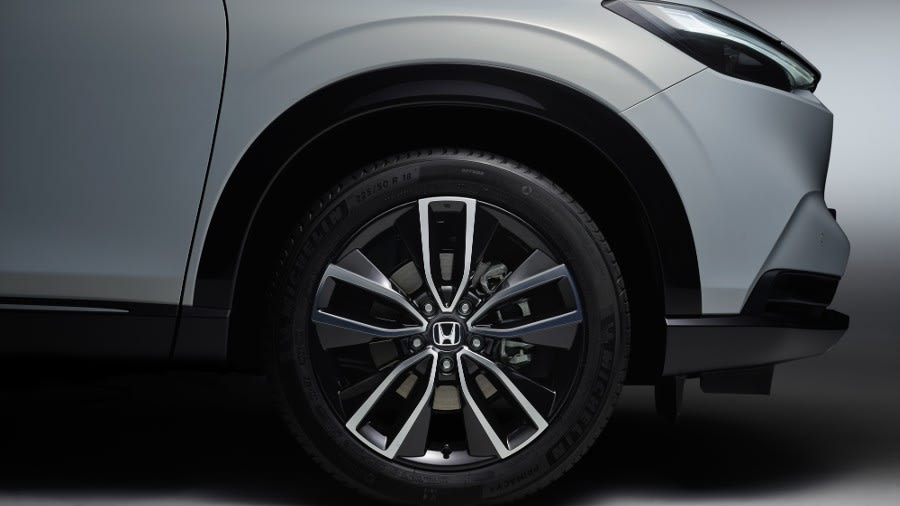
Performance & Drive
Given the lack of clout, it's little surprise that the nought to 62mph time takes as long as it does: 10.6 seconds. That’s pretty sluggish, but for a family car not built for performance, it's adequate enough to meet most people's needs in the real world.
The dual electric motors help fuel economy (we'll cover exact figures later). They help keep the engine hushed when cruising along at low revs and when queueing at traffic lights on the morning commute.
However, the CVT gearbox tends to cause the engine to screech under more brutal acceleration. CVTs have only one gear, which adjusts itself to compensate for the lack of gear ratios compared with a conventional transmission.
Unfortunately, it does sound like you only have one gear, so things can get quite raucous if you like to thrash the accelerator pedal – and you’ll need to if you want to get any performance out of the HR-V.
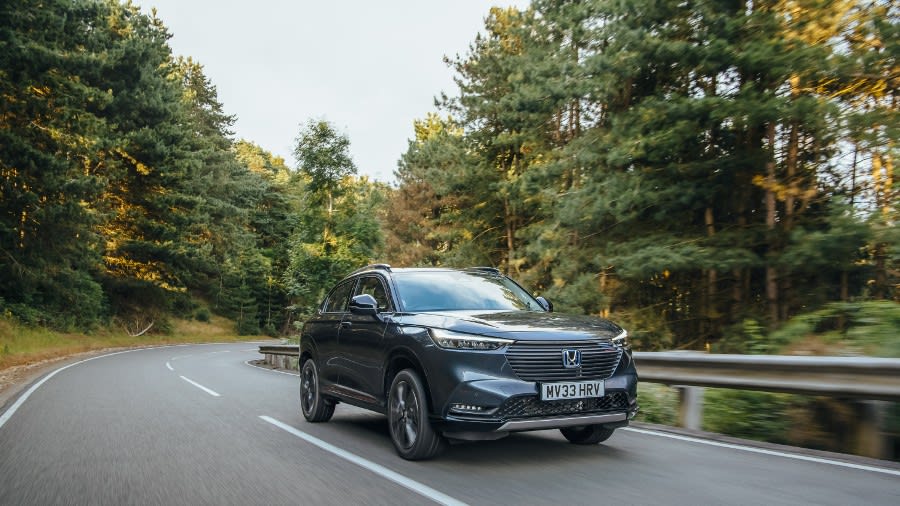
It is a similar story in other Hondas with CVT gearboxes, though. To be honest, few CVTs we've tested from any other manufacturer are entirely free of the same problem, either.
The car can be hushed though, as, albeit in limited circumstances, it will move under the power of the electric motors. You see, the HR-V automatically brings the engine into play when it needs to and shuts it off again when it's not required. What’s more, the transition between engine ‘on’ and engine ‘off’ is seamless.
The all-electric range is minimal, though, so you won't be able to make a complete trip to the shops without using the engine, like you can in a plug-in hybrid. Instead, the HR-V is a full hybrid (also known as a self-charging hybrid). Honda calls it e:HEV – so at least one advantage is that you don’t need to bother with cables, plugs and wallbox chargers.
Regarding ride comfort, the HR-V's lack of pace suggests that it's designed for comfort rather than cornering ability – and that's undoubtedly true. It is absorbing and comfortable to sit in, with a soft suspension setup that irons out potholes and creases in the road with aplomb. However, it can sometimes feel a little bouncy and unsettled on rougher roads.
Around corners, it doesn't impress that much, but the steering feels good and firms up a little in the bends. Meanwhile, the body lean is pretty well limited unless you’re pushing way too hard.
The HR-V is not a car for thrill seekers, then. But if you want to protect your back while cruising along on longer journeys, it's definitely a car worth considering.
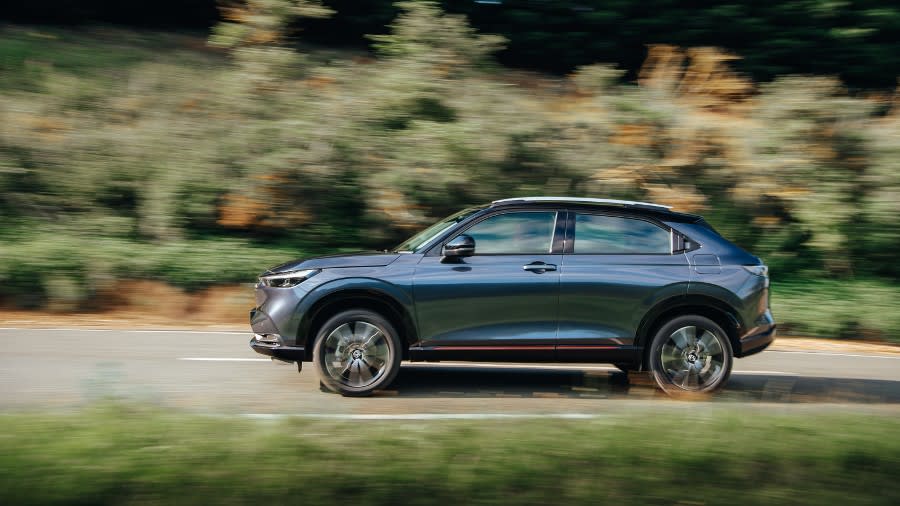
Running Costs & Emissions
The HR-V's 1.5-litre hybrid powertrain returns 52.3mpg, which is notable. Plus, it emits 122g/km of CO2, which isn’t bad, either.
However, that means the HR-V, despite its hybrid status, is fairly redundant as a company car. In contrast, plug-in hybrids and all-electric vehicles dominate in terms of Benefit-in-kind tax savings due to their ultra-low emission figures.
In terms of reliability, Honda tends to be very high up the league tables, so there should be few concerns here. Frustratingly, though, that’s not enough for the Japanese manufacturer to offer anything more than a standard three-year warranty. However, at least the mileage on the warranty is limited to 90,000 miles rather than the bog-standard 60,000. But, of course, you won't need to worry about this when you lease from us.
Just for your interest, other manufacturers from the Far East – the likes of Hyundai, Kia and Toyota – offer far more generous guarantees (in fact, Toyota now offers up to ten years' cover).
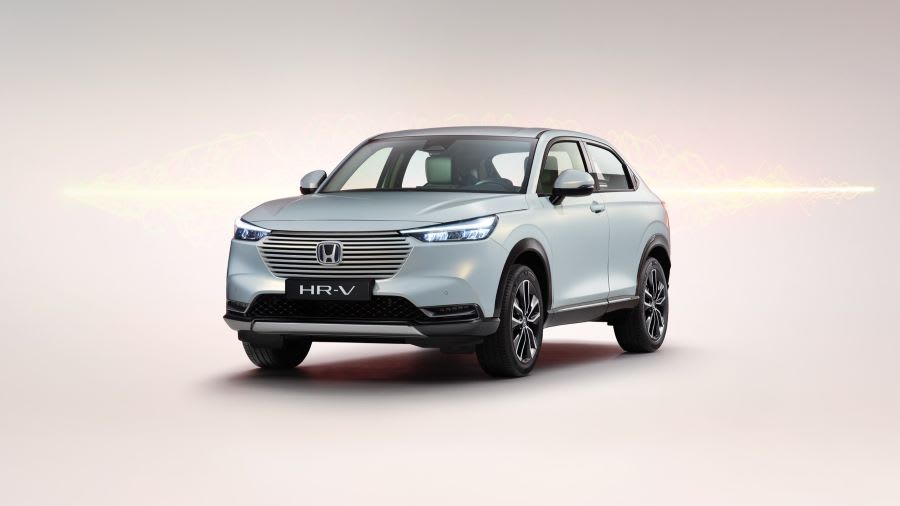
Interior & Technology
The cabin of the Honda HR-V could be more luxurious, but it still looks nice.
The airbag housing in the middle of the steering wheel looks very thick, as it tends to on most Hondas, and the wheel is inviting to hold with various buttons dotted around its spokes.
The air vents are hidden behind a honeycomb mesh that runs along the dashboard's width between the steering wheel and the passenger door.
We would have liked a bit more silver décor to brighten things up. But because we're driving the top-of-the-range version, we get light grey synthetic leather upholstery, which gives a more premium feel. Some upholstery options can feel dark and monotonal.
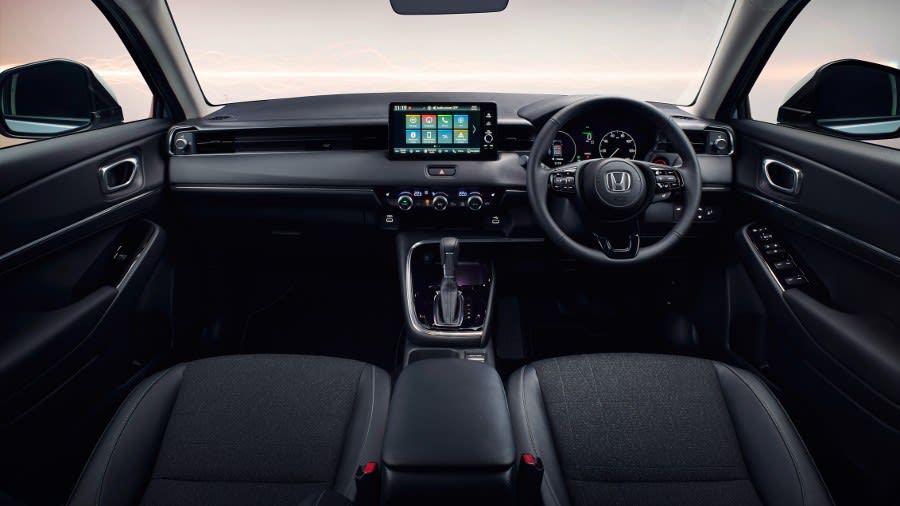
The nine-inch infotainment screen sits on top of the dashboard like a tablet. It is okay, but the number of buttons and controls to the side and beneath the screen limits the display's size, making the infotainment unit look a little dated. That rings true when you use it, too.
It isn't bad, but it's not as quick to respond to prods and touches as rival systems, and the menu layout isn't the easiest to navigate, so it's high time Honda upgraded it.
You can't adjust it very much unless the car is stationary – it simply won't let you – but that might not be a bad thing, given it’s not the most intuitive to use.
There is a seven-inch digital instrument display, too, which sits behind the steering wheel, replacing the traditional analogue dials.
Physical knobs are retained for the air conditioning system and the temperature you've set it to displays in the middle of each dial.
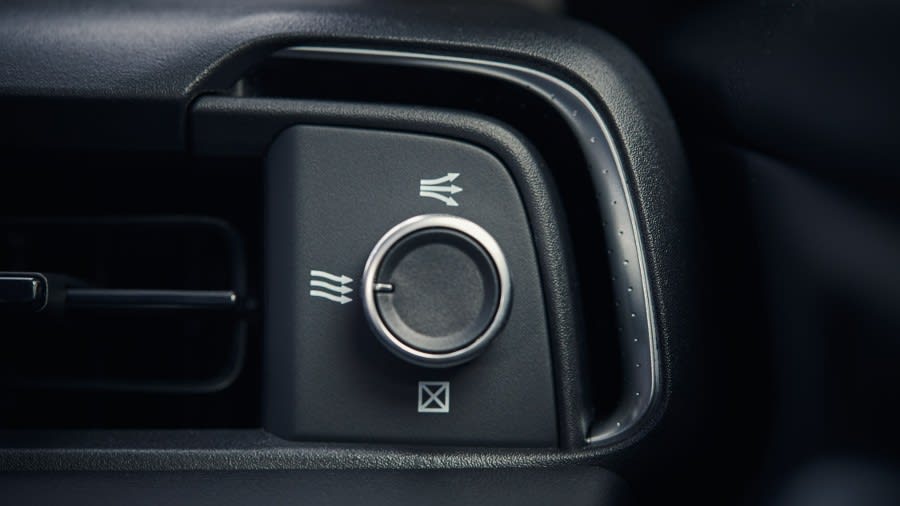
Space & Practicality
The Honda HR-V's driving position is relatively high, so you feel more like you're driving a larger vehicle rather than a crossover.
Finding a suitable driving position is a piece of pie, too, and the visibility out of the front is good.
The diagonal angle of the back window makes the rear pillars very thick, though, so the standard parking sensors come in handy, as do the large door mirrors.
The lack of adjustable lumbar support is one downside, however.
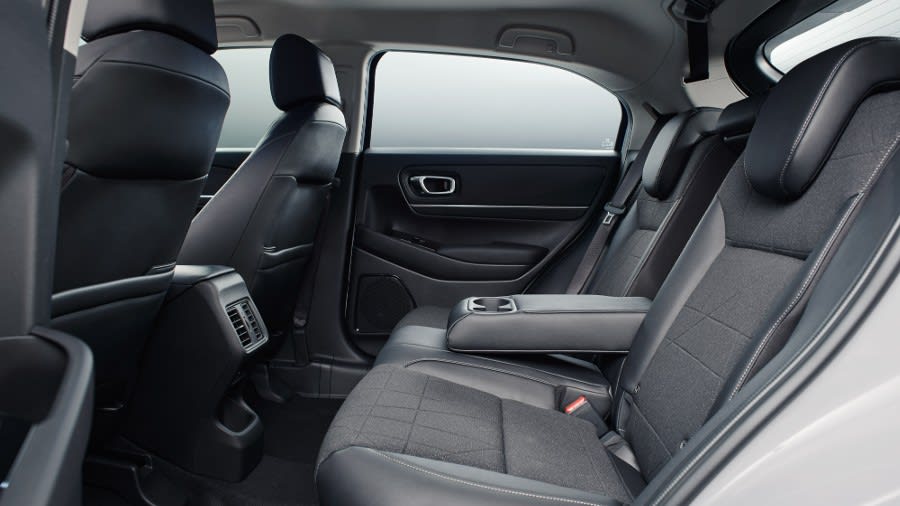
In terms of space, it’s pretty decent, though not as generous as you might think, given the size of the car.
You will have no problems with legroom or headroom in the front, while in the back, only the tallest of passengers will likely have a problem. You see, the rear legroom is reasonably good, but the middle rear seat is raised, which reduces the available headroom somewhat. What’s more, shoulder space is a little cramped compared with most of its competitors if you have three adults sat in the back.
Honda also has a unique feature that it calls – quite literally – Magic Seats. These can flip up, fold flat or move into just about any position you desire – and do so very easily – though the rear seats only have a 60:40 split.
Nevertheless, this means you can make the most of the flexibility if you need to load long, thin or unusually shaped objects into the boot.
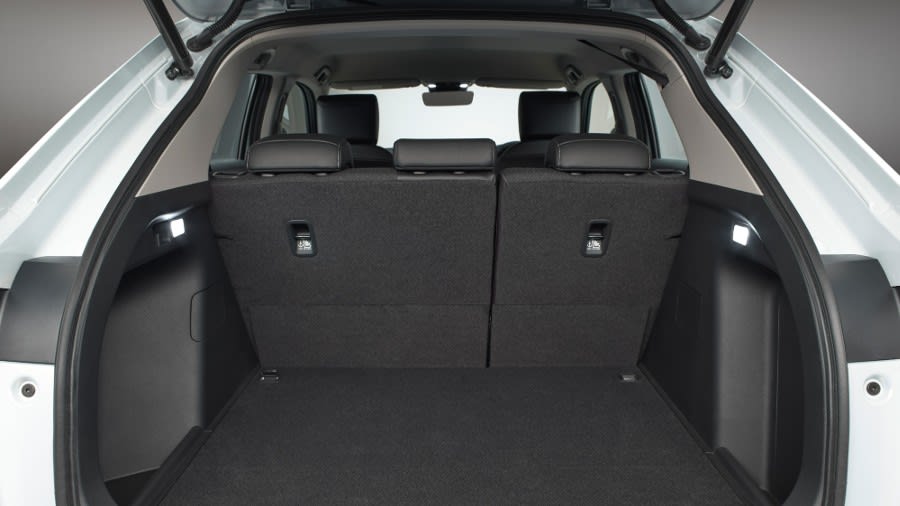
That will come in handy, too, as the boot space is disappointingly small, with only 319 litres on offer, which is only on par with most family hatchbacks. Some of its more capacious foes offer around 65% more cargo room.
If you opt for the top-of-the-range Advance Style trim, like the one we're testing, the boot space is reduced further to 304 litres because the upgraded premium sound system takes up a bit of extra space.
The boot capacity expands to a more reasonable 1,305 litres with the rear seats all folded away.
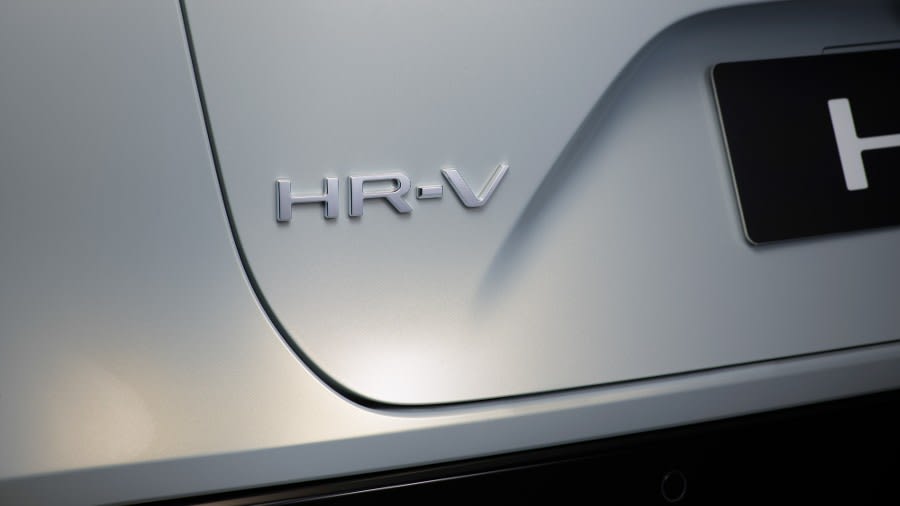
Safety
Crash-testing specialists Euro NCAP gave the HR-V a thorough once-over in 2022.
However, Honda will be disappointed that it was only awarded a four-star rating.
That is not a bad score, especially as Euro NCAP tightened its testing criteria considerably a couple of years ago. Still, we're now in an era where most manufacturers expect their cars to earn a full five-star rating.
In addition, Honda is a very safety-conscious brand and has even set itself targets to achieve zero fatalities in its vehicles worldwide by 2050 by further developing its safety technology.
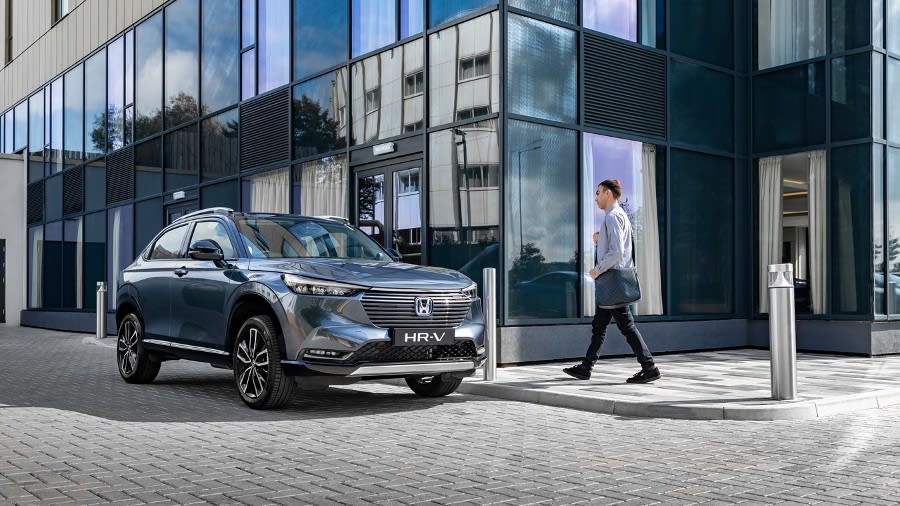
As a result, not getting a five-star score is something of a setback, albeit a relatively minor one.
The HR-V scored 82% for adult occupants, 75% for children and 78% for safety assists.
All models, regardless of trim, get Honda Sensing. This tech includes brake assist, collision mitigation braking system, tyre deflation warning system, forward collision warning, lane departure alert, lane keeping assist, road departure mitigation, traffic sign recognition, blind-spot monitoring, plus adaptive cruise control.
A rear-view camera and fore and aft parking sensors are also standard on all models.
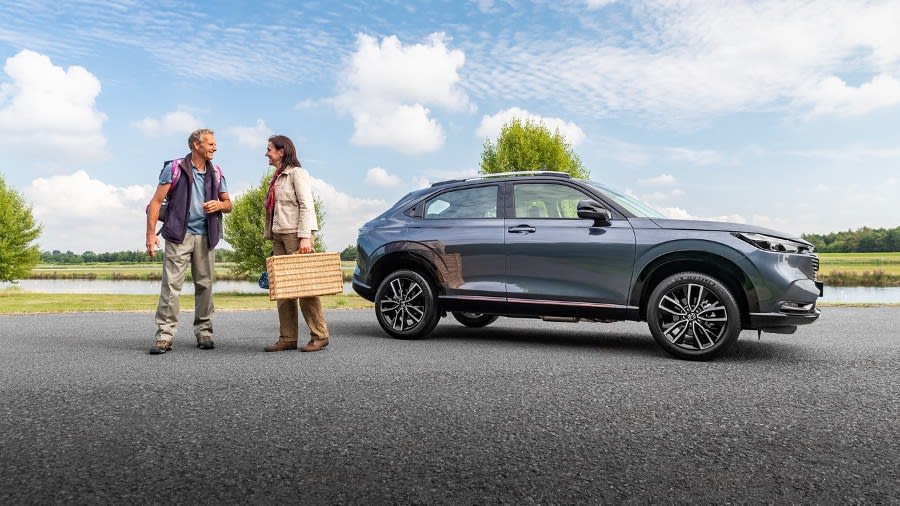
Options
There are various add-on packs that you can choose to personalise your HR-V a little more.
The Sport Pack adds some athletic-looking exterior styling elements with various colour and chrome accessories, a sports front bumper and grille, and a larger rear tailgate spoiler.
Alternatively, you can choose the Obscura Black Pack, combining more blackened elements, including decorations for the fog lights and door mirror covers.
On the inside, the Ilmenite Titanium Interior Pack incorporates décor upgrades for the steering wheel, gear selector, and door switch panels. At the same time, another pack will add all of this, plus a handful of the exterior styling elements we mentioned above.
Black and brown leather upholstery are optional extras, although curiously, you can't have them on the top-of-the-range model, where light grey synthetic leather is compulsory. But at least it looks good.
Sand Khaki Pearl is the standard body colour, with pearl white, sunlight white pearl, dark grey metallic, crystal black pearl and crystal red metallic also available for extra.
Midnight blue metallic is also available on the top-of-the-range version, though crystal red metallic isn’t.
You can choose an alternative design of alloy wheels, too, but the choices are all 18-inches, which is the same size as you’ll get on the standard car.
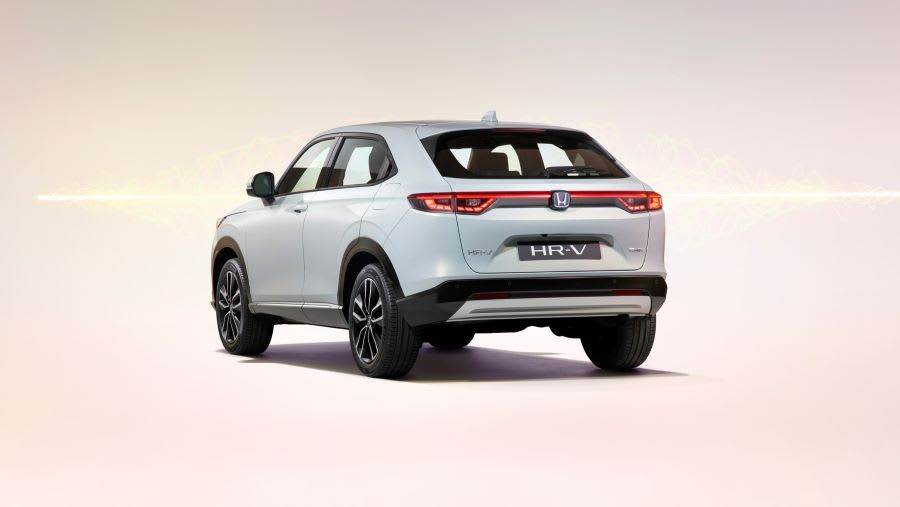
Rival Cars
The HR-V has no shortage of rivals for your money.
The Renault Captur E-Tech is cheaper and offers lower emissions, while the Volkswagen T-Roc and Ford Puma are two others that should make your leasing shortlist.
You could consider a Volkswagen T-Cross, too.
One of the most apparent alternatives is Nissan’s Qashqai, while those seeking more thrilling driving dynamics might want to check out the Seat Ateca.
The Skoda Karoq, too, does most things slightly better than the Honda HR-V and is well worth a look.
Alternatives such as the Citroen C3 Aircross and Peugeot 2008 (below) are others to consider leasing, as is the Mini Countryman.
.jpg)
Verdict & Next Steps
Overall, the Honda HR-V puts up a pretty good fight.
The top-of-the-range Advance Style that we drove seems a little excessive given the price, especially as the whole range is very well-equipped. So, on balance, we'd go for the Advance trim, although there's nothing wrong with the entry-level Elegance model.
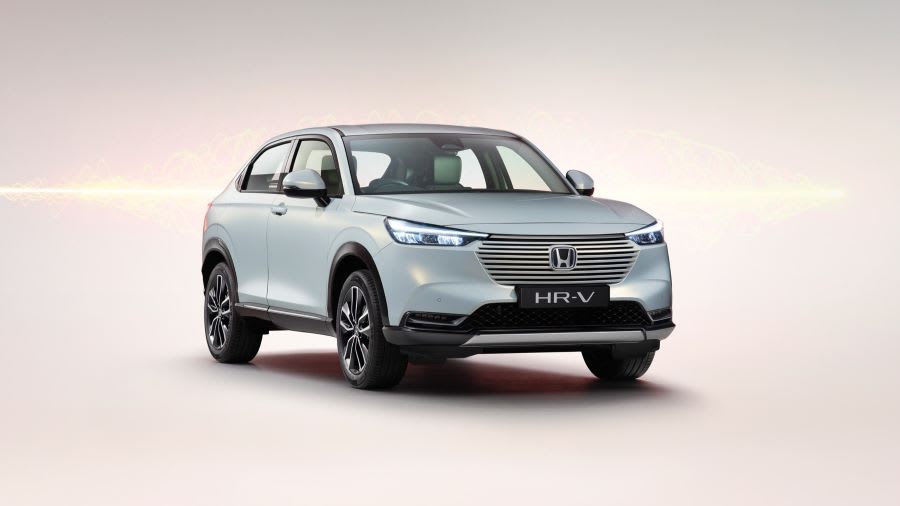
It is fuel efficient, has a pleasant interior, and the Magic Seats make things easier if you need unusual configurations.
Plus, despite only getting a four-star Euro NCAP rating, the HR-V comes with a great deal of safety kit thanks to Honda’s Sensing package.
The boot space is very limited, though, and the engine gets screechy if pushed hard because of the one-gear CVT transmission.
Despite its economic nature, it won't be as cost-effective as a company car due to its emissions, which, although on the low side, are still higher than in plug-in hybrids.
The Honda’s comfortable ride is nice, but that comes at the expense of handling. And when you add that to the lack of performance, it's certainly not a car for those seeking fun.
One thing that’s worth noting is that, although many peers are cheaper, most aren’t as well-equipped. As a result, the HR-V looks more competitive when compared with the higher trims of some of its rivals.
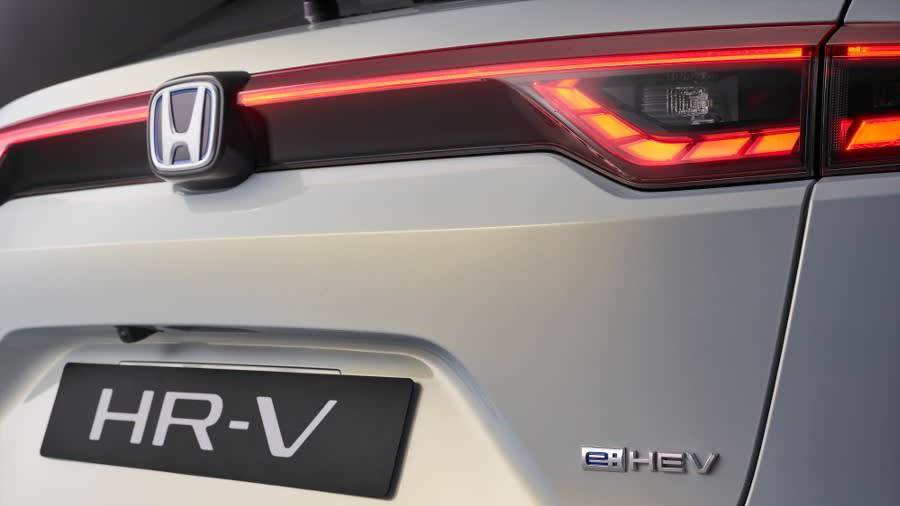
Where to next?
View latest Honda HR-V lease deals- from just £329 per month inc VAT**.
Call us on 0118 3048 688 or hit the green 'Enquire' button for more details.
Looking for a great leasing deal? Check out our incredible range of Special Offers and Lease Deals.
New SUV? Read our latest Reviews and find the right model for you.
Want to know more about leasing? Take a look at our comprehensive Leasing Guides.
Interested in everything motoring? Why not catch up on all the latest Car Leasing News.
**Score based on Select’s unique meta score analysis, taking into account the UK’s top leading independent car website reviews of the Honda HR-V.
**Correct as of 08/04/2024. Based on 9 months initial payment, 5,000 miles annually, over a 48 month lease. Initial payment equivalent to 9 monthly payments, or £2,962.44 (Plus admin fee) Ts and Cs apply. Credit is subject to status.



















